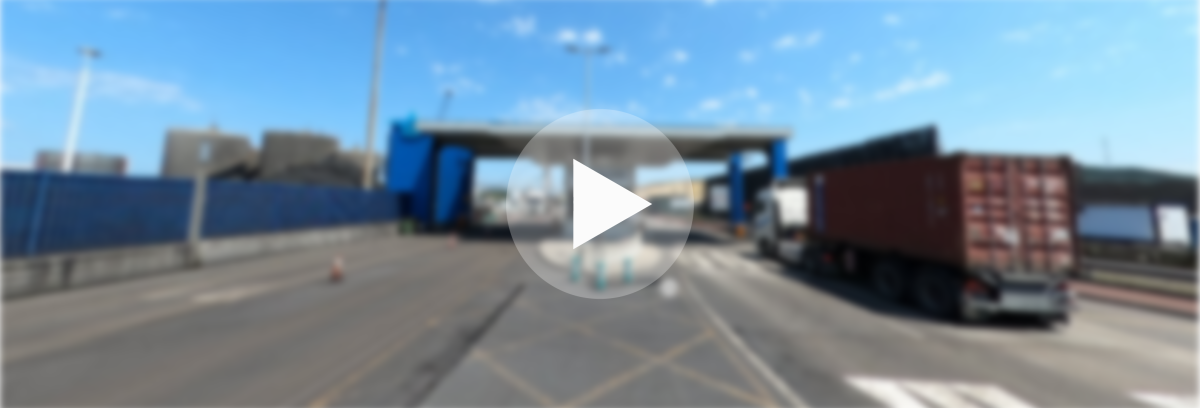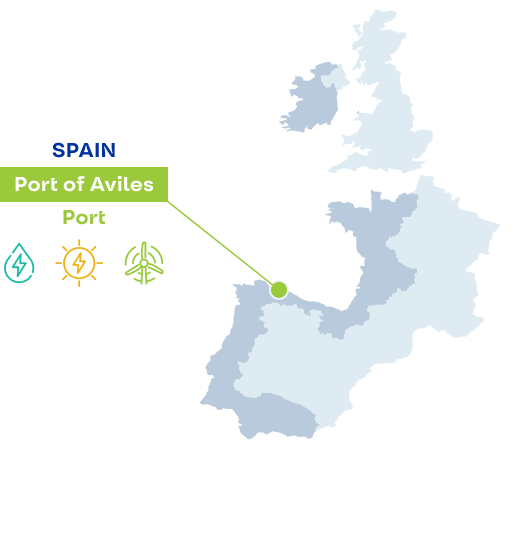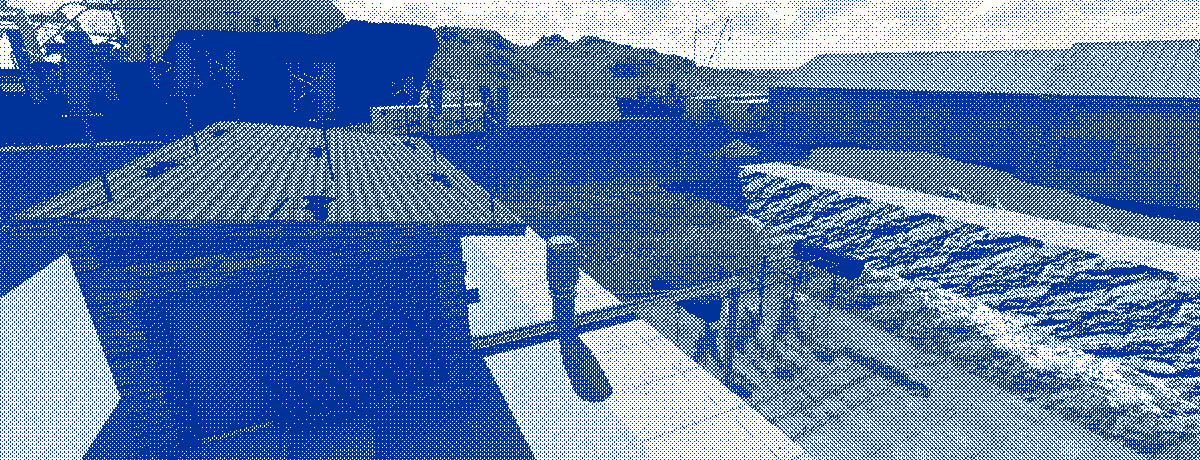Follow us!
Follow us!
Located in the port of Avilés in Northern Spain, the HY4RES port pilot site will implement a hybrid renewable energy system for electricity production, combining solar, wind and hydropower at micro-scale, and designed using the tools and software developed as part of the project.
Port pilot site

The aim of developing this pilot site is to reduce installation and maintenance costs, ensure the hybrid system sustainability by optimising the use of renewable energy sources through intelligent management, and implement a modular system installation.
Located on both banks of the Avilés estuary, the port site is in a prime location on the Spanish Cantabrian coast, with several mooring quays. The modular hybrid installation will test local smart grid, supplying power to the port’s small-scale demands: from lighting to electric recharging points (for bikes and scooters), working towards more sustainable mobility within the port.
Solar panels, wind turbines and hydrokinetic turbines will harness the water current withing the port, and a pump-reservoir system will be installed to store surplus energy (for periods of drought or high energy demand). The port site also uses energy control and management system including sensors and electronic control board.

4 vertical axis turbines
4 vertical axis turbines of the Savonious type will be installed with a total power output of approximately 1.5-2 kW
2 submerged vertical axis turbines
2 submerged Darrieus-type vertical axis microturbines with curved blades (Gorlov) will be installed on a structure over a river
10 m³
A 10 m³ prefabricated water tank will be included inside a shipping container

In order to contribute to the energy supply of the port facilities so that energy consumers and communities in the Atlantic area reach net zero balance, this renewable energy centre is designed to be able to generate energy from various sources.
The concept of maximising and combining available renewable resources is aimed at achieving better overall performance. Thus, in addition to taking advantage of the wind characteristic of port areas and their solar exposure, hydroelectric and hydrokinetic generation routes are proposed in this project.
Taking advantage of excess generation, the aim is to drive water from a channel in the port towards a reservoir by means of a pump that acts as a turbine once it is decided to discharge this water at times of low generation (nights and absence of wind), acting as energy storage.
On the other hand, taking advantage of the tidal path of the port, which gives rise to a continuous variation in the level of the channel with its corresponding currents, energy will be generated by means of vertical axis hydrokinetic microturbines, the specific design of which will be responsible for maximising the available resource.
Attached to the container there will be a structure over a river that flows through the port’s own facilities with currents in different directions caused by the effect of the tides. Two submerged Darrieus-type vertical axis microturbines with curved blades (Gorlov) will be located on this structure, allowing start-up at low water speeds, regardless of the direction of flow. The electrical generator will be placed out of the water to facilitate maintenance and reduce costs. The blockage generated in the flow will be used to maximise energy production. The rotation speeds of the turbines are very low, with minimal impact on the aquatic environment.
Energy control and management system using software tool: a control system with the following functionalities will be installed, including sensors, electronic control board and software. This will enable the intelligent management of the three RE sources, balancing supply, demand and energy storage, using the HY4RES software developed.
This energy hub will be made up of a control center, located in the main container, which in addition to combining all the generation routes, will seek to maximize the resource thanks to techniques that adjust the performance of the devices with the energy available at all times.
4 vertical axis turbines of the Savonious type with start-up for low wind speeds and a total power output of approximately 1.5-2 kW will be installed on the container roof. The system will have braking elements to ensure safety at high speeds and will operate in any wind direction.
There will be a storage/recovery system based on a tank/pump and another made up of conventional batteries. A 10 m³ prefabricated water tank will be included inside the shipping container, which will receive the river water driven by a set of pipes and a pump (powered by the microgrid itself) at times when there is excess energy. In turn, this pump will be able to function as a turbine, discharging the water in situations of excessive energy demand.

![]()
Port of Aviles
Port authorities, policy makers in the marine, energy and environment sectors, researchers in marine and RE systems
Sign up to our newsletter!